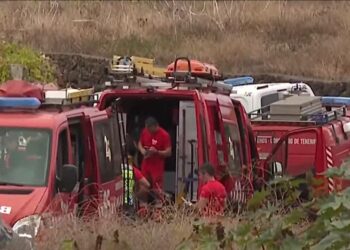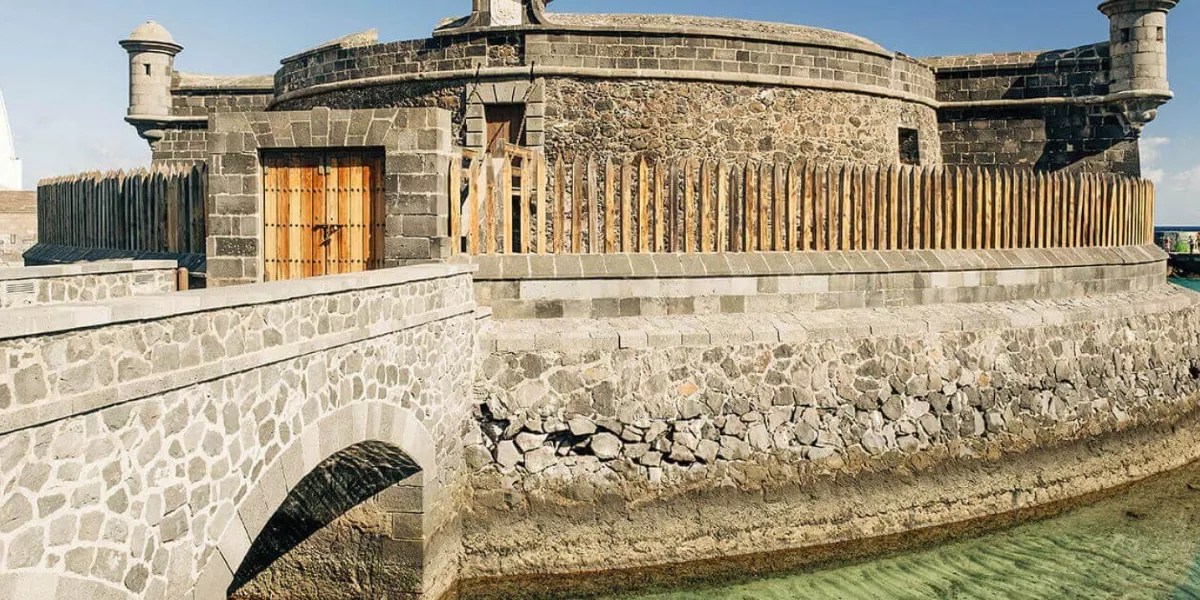The Las Teresitas Beach is undoubtedly one of the most famous and significant beaches in Tenerife. This capital beach has an intricate history filled with fascinating details and anecdotes that you may not be aware of, complete with features worthy of the silver screen.
June 15, 1973 marked the day when the first and only artificial beach of Santa Cruz de Tenerife welcomed the public, transforming what were once three separate beaches. These portions once had distinct names based on their neighbouring communities. The Las Teresitas Beach.
The first section, closer to the village of San Andrés, was known as “after the sand,” where remnants of black sand can still be observed if one visits the old cemetery of San Andrés. The middle portion, called “Los Moros,” was home to a palace that belonged to Princess Diana of Orléans, daughter of the Counts of Paris, and Duke Karl of Württemberg, son of Felipe Alberto, Duke of Württemberg. Lastly, the area situated in the Barranco de las Teresas inspired the beach’s name following its renovation.
The Facebook group “Old Photos of Tenerife” shared a picture of the beach from 1960, prior to its rebranding as Las Teresitas Beach. The image showcases the rocks, the black sand, and the lack of breakwater, as that stretch of coast was deemed hazardous at that time.

Las Teresitas Beach was hazardous
Residents recalled a perilous beach where the waves crashed violently against the rocks. Locals remember that several people even lost their lives here. The beach’s orientation has long been marked by the relentless force of the water and wind.
Regenerating the new beach and covering nearly a kilometre and a half with volcanic sand proved to be quite costly, primarily due to its scarcity. As a result, the local council secured a loan of 50 million pesetas (over 300,000 euros) to purchase the sand necessary to cover the original land.
The initial works on the Las Teresitas Beach began in 1968, involving the construction of two side breakwaters, a shell, and a cutting step within the sea to help maintain the new white sand. This area ranges from 22 metres (at low tide) to 60 metres (at high tide). Typically, during low tide, the depth reaches one and a half metres and descends to four metres. From this point, the ocean floor slopes gradually until it reaches the beginning of the breakwater.
Throughout the first six months of 1973, the beach’s rocks were replaced by five million bags of blonde sand (270,000 tons), which was directly imported from the Sahara Desert aboard the Gopegui ship. On June 15 of the same year, the beach was opened to the public.
Initially, locals were apprehensive about stepping onto the sand, claiming that scorpions, cigarettes, and red ants mixed in with the Sahara sand. In 1998, 25 years post-inauguration, an additional 2,800 tons of sand were imported from the Sahara to compensate for the loss up to that point. Las Teresitas Beach remains one of the most cherished spots for both residents of Tenerife and visitors alike.















